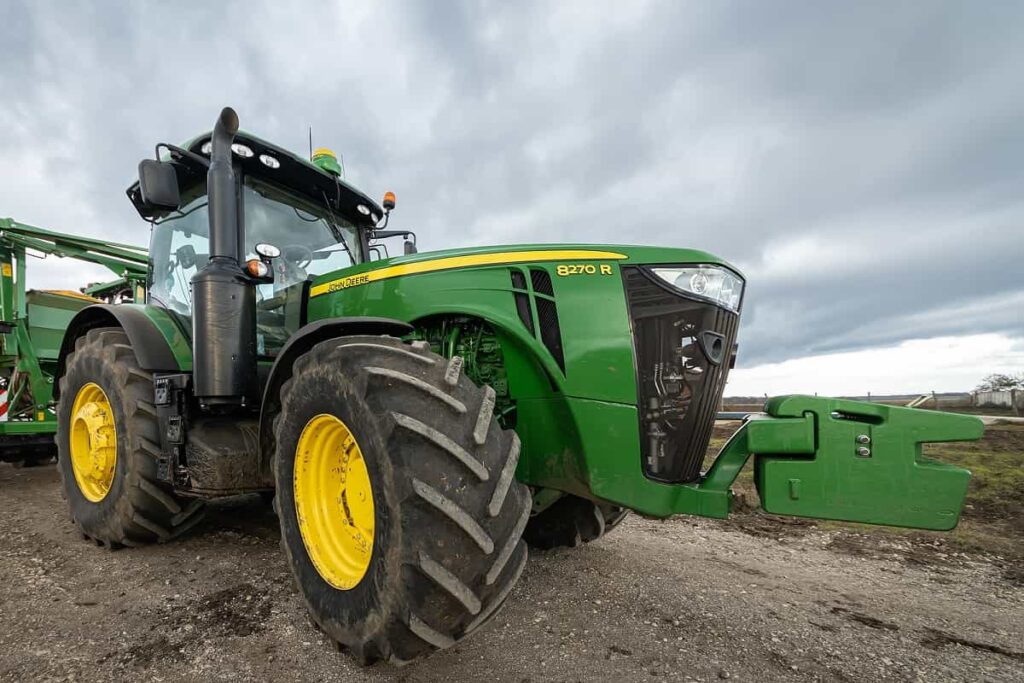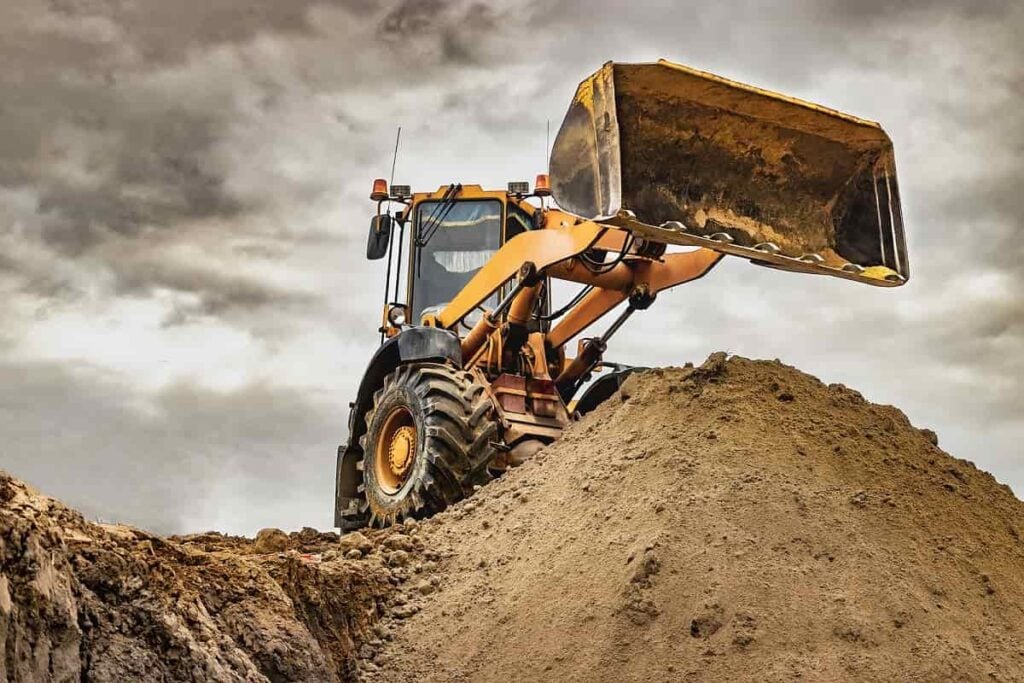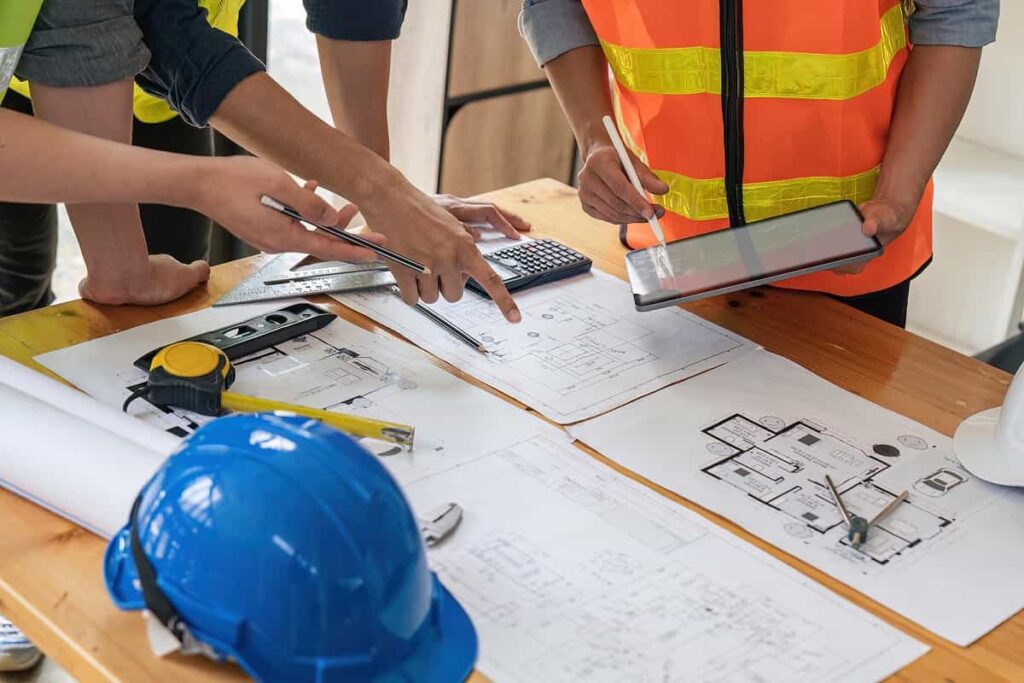Recyclable Building Materials You Can Grow Yourself
Table of contents
Table of contents

As mankind prepares to exploit some of the most amazing technological breakthroughs imaginable, the way forward is ironically looking a lot like going back to nature. Synthetic biology is now enabling scientists to explore endless possibilities by writing and reading DNA across multiple applications ranging from food, agriculture, fragrances and even to household materials such as detergent. In a previous article, we talked about Ginkgo Bioworks’ progress in manipulating DNA to make biological nanobots and yield programmable, effective and efficient solutions at the nano level. Today, “biofabrication” is giving us the building blocks of the future, both metaphorically and literally.
This is the most amazing discovery of our generation. We can now program anything. Life itself is becoming programmable. – Bryan Johnson of Kernel
This may sound absolutely crazy but it will soon be possible for us to grow just about anything – like spaceships for example. Imagine that – a spaceship constructed out of living materials. We’re already making progress in this area.
The idea of “living” building materials is not as far-fetched as you might think. In October of last year, researchers from United Kingdom developed pressure-responsive microbes that can be used along building foundations for a safer and self-constructing soil base. Even a computer program capable of predicting the microbes’ reaction to various forces passing through soil under a building’s foundation (i.e. water pressure) has been discussed. This concept has been powered, yet again, by synthetic biology wherein the DNA of soil microbes are modified to perform a certain function, in this case, respond to pressure.
This is the era of Do-It-Yourself (DIY). Take a quick trip to IKEA, grab a few things and you can furnish your whole house on your own. From party decorations, to woodworking, to beer brewing, even to braces (seriously, dentists are overpriced), the DIY idea sells because it’s cheap, and more importantly it’s accessible and portable. But what if instead of simply crafting your own materials, you can actually grow them? That’s right, what if you could literally grow your own materials?
Graduates from Rensselaer Polytechnic Institute found a new way to replace foam and plastic products with biodegradable fiber and fungus as a university project. The result is a flexible material capable of being shaped into things like furniture using nothing else but fungus and agricultural waste. They then decided to take their idea and start a company with it.
Ecovative

- Mix mycelium and agricultural waste (like corn husks)
- Put inside any sort of simple plastic mold
- Wait four days and pull out material
- Compress material for 10 minutes
The end result can be seen below and used in place of particle board:
That biological “particle board” you see above is actually priced at slightly less than actual particle boards. Sure, by using this product we’re saving some trees, but the real benefits are not so obvious. Particle board is only 85% wood. The other 15% is actually synthetic resins obtained from natural gas along with the nasty chemical formaldehyde.
In addition to the Mycoboard seen above, Ecovative also produces MycoFoam which can be used as packaging:
If you want to get your hands dirty, the Company also sells a GIY (Grow-It-Yourself) kit which can produce cool things like the plant holders seen below:
The GIY kit consists of a bag of dried-up mixture of mycelium and corn stalks/husks that you can just add water and flour to grow into whatever comes to mind (one example shown above). Ideas from lampshades to sculpture work can be created out of the kit and you can pick up a bag yourself for under $20. For the spore police, Ecovative ensures they don’t grow the mushrooms long enough to actually produce mushrooms or spores, they grow only up to the vegetative growth stage of fungi, aka mycelium. Ecovative has received a staggering amount of attention from Energy Globe Awards, Forbes and even IKEA themselves. On March of last year, sustainability head Joanna Yarrow commented on the viability of IKEA and Ecovative’s partnership in utilizing the latter company’s biodegradable styrofoam, dumping the former’s 7,400 truckloads of expanded polystyrene foam a year. The startup has yet to announce any confirmation on this deal but this looks promising for investors in Ecovative.
You might be wondering what the big deal is here. So what if some hippies decided to mix corn stalks and mushrooms to make a building material. How is this high tech? Well, let’s say that you now introduce gene editing into the picture and “program” the mycelium to grow into certain shapes. See where this is going? The possibilities are endless, and Ecovative is not alone in the room when it comes to growing materials for architecture and design.
Terreform ONE
With a logo that’s nearly impossible to decipher, Brooklyn-based nonprofit architecture group Terreform ONE (which stands for Open Network Ecology) is on a novel mission to build ecological cities through advancing the larger framework of socio-ecological design. Similar to Ecovative, the company employs the same fungal mycelia in growing their Genetic Generation Seat (Gen2Seat) and Mycoform building blocks mixed with other biological materials. The Gen2Seat is composed of recycled organic materials such as discarded wood chips, oat bran and gypsum and looks kind of cool:
Terreform ONE’s biological construction technology called Mycoform can be grown and manufactured pollution-free, for a low cost and is capable of being molded into any desired structure. While investors may not find anything here except a website chock full of futuristic looking concepts, Terreform helps drive public awareness of recyclable building materials that can be grown which will help the “grow your own building materials” industry to gain some adoption. Try telling your average home construction company to switch from particle board to homegrown building materials and you’re likely to encounter pushback. Get some talent-less celebrity to build a house out of recyclable building materials and suddenly everyone will start doing it.
bioMASON
Founded in 2012, North Carolina startup bioMASON is rethinking masonry with corals in mind. The Company has taken in $2.05 million in funding so far to grow bricks out of sand and bacteria. While bricks are often disregarded as simple building blocks of construction, according to bioMason “global cement production in 2008 [alone] amounted to 2.8 billion tons, with equivalent quantities of CO2 released into the atmosphere”. With this in mind, bioMASON’s biologists and architects, came up with the idea of introducing a non-pathogenic bacteria, called Sporosarcina pasteurii, into a mold of sand and a solution of urea and calcium chloride. In a matter of days, the bacteria will form a chain of chemical reactions that will cause it to solidify and bind the brick together.
As opposed to the traditional kiln-fired version, bioMason is confident their bricks can reduce carbon emissions by 800 million tons each year and since this idea is largely inspired by coral formations, these construction bricks are also water-resistant. This construction method has received quite the attention since it does not require fuel and might just literally save the world from suffocating itself. Take a trip over to Bangladesh and you’ll see just how bad the problem actually is:
Moving forward, the company plans to expand their production to allowing the public grow their own cement at home just by adding water. They’ve also partnered with Evocative so that they can offer both brick and particle board equivalents, allowing for creative designers to build some really cool things like these recyclable accent tables:
Conclusion
As stated by Terreform ONE’s founder Joachim, “Not only are we getting super-big, but we’re actually shrinking architecture to the scale of biology, or cells or DNA”. Who knows? In a few years you might just find your neighbor growing their house from the ground up with recyclable building materials, with a living room fully made up of homegrown furnishings. The idea of homegrown has never been more exciting.
Sign up to our newsletter to get more of our great research delivered straight to your inbox!
Nanalyze Weekly includes useful insights written by our team of underpaid MBAs, research on new disruptive technology stocks flying under the radar, and summaries of our recent research. Always 100% free.






















